Choking is not something to ignore, especially when it involves a baby. Babies have smaller airways that can easily become blocked by food, toys, or other objects. As a parent, you must know how to help a choking baby to save a life. Here are some simple tips to treat the choking baby quickly.
Other Topics You Might Like
Helpful Products You Might Like
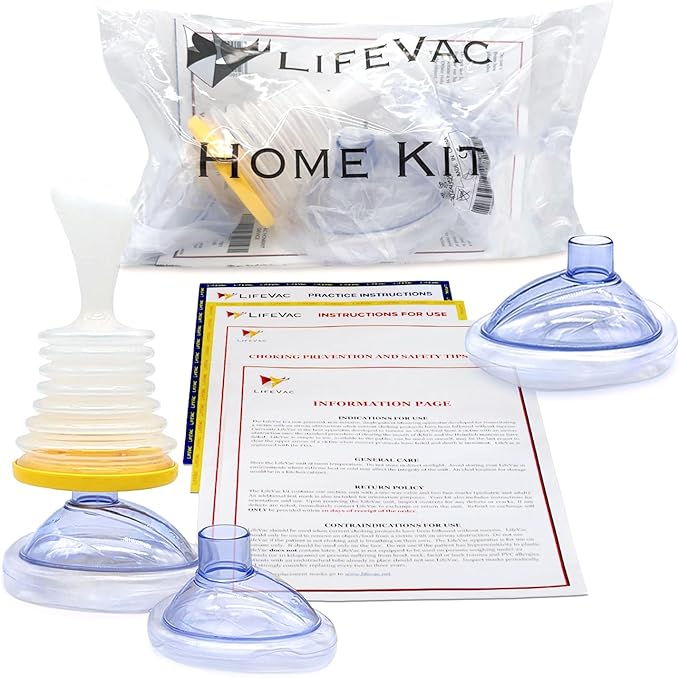
LifeVac Home Kit First Aid Kit for Kids
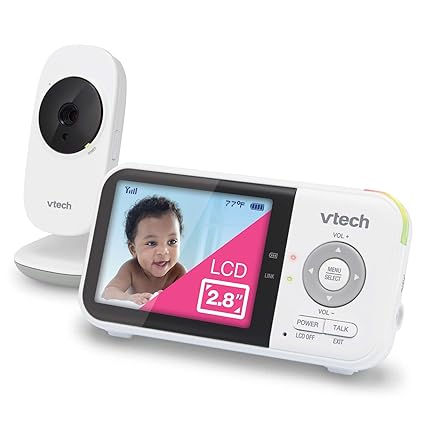
VTech Baby Screen Monitor
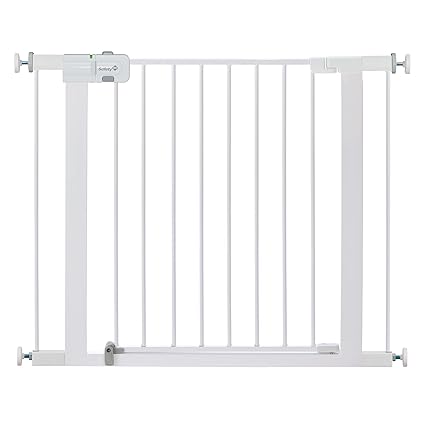
Safety 1st Easy Install High Walk Thru Gate
"(Paid Links)" 
Recognizing Choking
You must know the recognizing signs of choking before treating it. A choking baby shows the following symptoms:

Coughing
If there is mild choking, it causes Coughing. It shows that the airway is not entirely obstructed, which is encouraging.
Wheezing or gagging
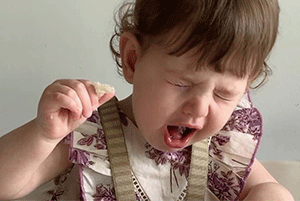
These noises suggest the infant has trouble breathing.
How to Treat choking in babies
Stay Calm
Stay calm, it will keep the baby feel more secure and allow you to think and act clearly.
Assess the Situation
Notice either the baby is coughing or wheezing. If the baby is coughing or crying, encourage them to coughing to dislodge the object.
Call for Help
Call emergency services immediately if the baby is turning blue or cannot breathe. Even if you can handle the situation, having professional help on the way is essential.
Perform Back Blows
If the baby cannot cough, cry, or breathe:
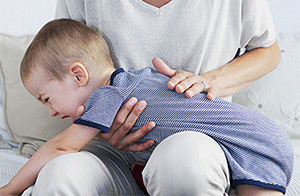
Perform Chest Thrusts
If back blows do not work:
Repeat as Necessary:
Remember to switch between administering five back blows and five chest thrusts until the object is removed or until emergency personnel arrive.
Aftercare
after removing the object, monitor the baby closely for signs of distress or difficulty breathing. It’s a good idea to seek medical evaluation, even if the baby seems fine.
Prevention
Along with how to handle choking situations, prevention is also important. The following advice can help lower the risk
Conclusion
Although choking can occur suddenly and violently, being always prepared can save lives. To increase your confidence in your abilities to assist, familiarise yourself with the above steps and consider enrolling in a first aid course. Recall that early intervention can save a life and that prevention can avert these circumstances entirely.
